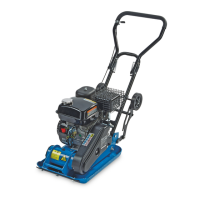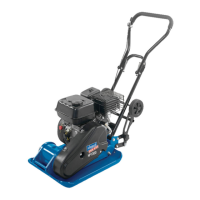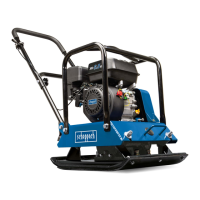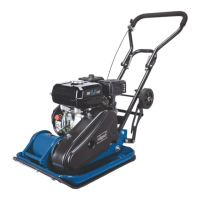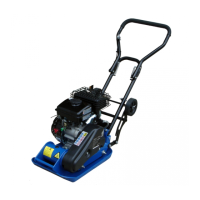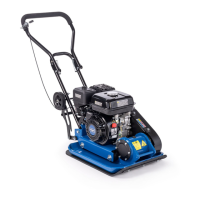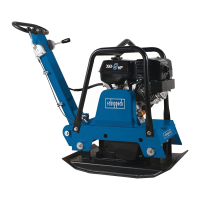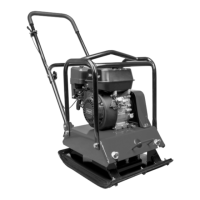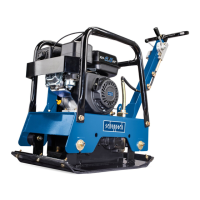HP800S / HP1100S / HP1300S
Art.Nr.
5904602903 / 5904603903 / 5904604903
AusgabeNr.
5904602851
Rev.Nr.
22/09/2020
internet: www.scheppach.com / email: service@scheppach.com / telefon: +(49)-08223-4002-99 / telefax: +(49)-08223-4002-58
DE
Rüttelplatte
Original-Anleitung
GB
Vibratory Plates
Translation from the original instruction manual
PL
Płyty Wibracyjne - Zagęszczarki
Przekład z oryginalnej instrukcji obsługi
FR
Plaque vibrante
Traduction des instructions d’origine
NL
Trilplaat
Vertaling van originele handleiding
IT
Piastra vibrante
La traduzione dal manuale di istruzioni originale
SE
Vibratorplattor
Översättning från den ursprungliga bruksanvisningen
NO
Vibrasjonsplate
Oversatt fra original bruksanvisning
DK
Vibratorplader
Oversættelse af original brugsvejledning
HR
Vibrirajuće ploče
Prijevod originalnog priručnika s uputama
CZ
Vibrační desky
Překlad originálu manuálu
EST
Vibroplaadid
Originaalkäsiraamatu tõlge
FIN
Tärylevyt
Alkuperäisen käyttöoppaan käännös
HU
Lapvibrátorok
Fordítás az eredeti használati kézikönyvből
SLO
Vibra-plošča
Prevod originalnega priročnika za uporabo
ES
Placa vibratoria
Traducción de instrucciones originales
SK
Vibračná doska
Preklad originálu návodu na obsluhu
LT
Vibrobliete
Vertimas originali naudojimo instrukcija
LV
Tankintuvai
Originalios instrukcijos vertimas
